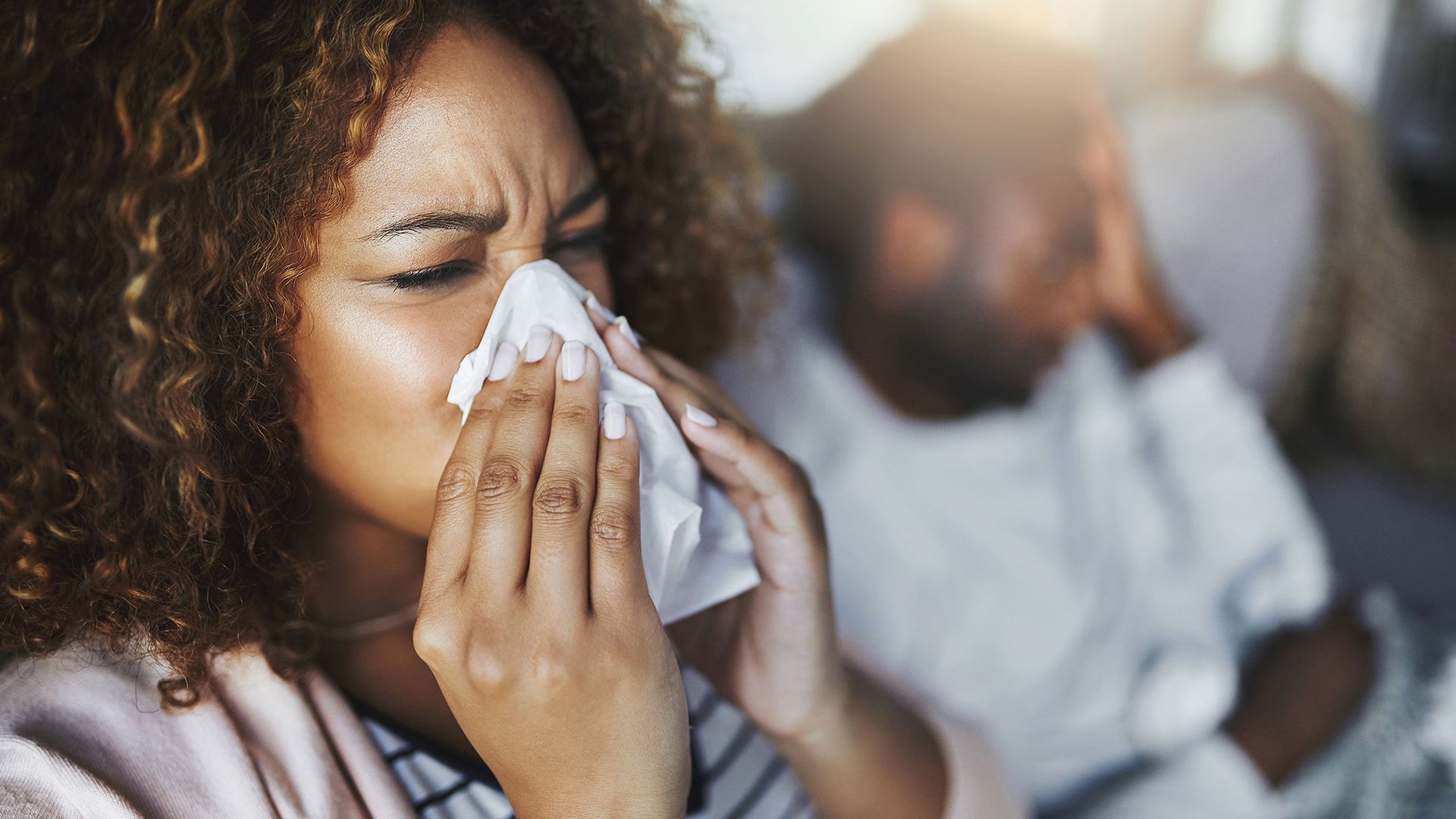Identifying and avoiding triggers is a key component of managing asthma, and it is important for anyone with asthma to figure out what their triggers are. While triggers can be different for different people, some common asthma triggers include allergens, exercise, irritants like cigarette smoke, emotional anxiety, and illnesses like the common cold and the flu. Paying attention to the pattern of your symptoms—for example, by keeping a log or journal—can help you identify triggers.
Many people with asthma report that certain fragrances or odors can aggravate or trigger asthma symptoms. In addition to asthma symptoms, some also report other reactions to scents, such as headaches, nausea and feeling dizzy.
Where are fragrances?
Fragrances are everywhere, and nearly impossible to avoid all of the time. Many, many products are fragranced. Colognes and perfumes are the most obvious ones that come to mind, and even if you don’t wear them yourself, you’re bound to catch a whiff from time to time when in close proximity to other people. Then there are soaps, body washes, shampoos, conditioners, hair styling products, deodorants, creams, lotions, dish soaps, laundry detergents, air fresheners, dryer sheets, cleaning products, scented candles, e-cigarettes and other vaping products.
What are fragrances?
According to the Food and Drug Administration (FDA), fragrances, as well as flavor ingredients, are complex mixtures of many different natural and synthetic chemical ingredients.” In other words, they are chemical compounds that have odors and/or tastes. They are also called fragrance compounds, aroma compounds, odorants or flavors (if the intended purpose is to provide a taste to a product). In 2015, roughly 4,000 different materials were reported to be used to make fragrance compounds. These materials are listed on ingredients labels as “fragrance” or “flavor” instead of listing the individual materials, in order to protect brands from revealing the particular formulas for their products (this is called a “trade secret”).
How can you avoid fragrances?
As mentioned above, it will be near impossible to completely avoid fragrances. The best thing to do is to focus on what you can control—your home environment and your asthma management.
While there are tons of products that contain fragrances, there are also many that do not contain fragrances. Many consumers try to avoid fragrances for a variety of reasons. The best way to know what the products you use contain is to check the ingredient labels. Look for any phrase mentioning fragrances or flavors (and even be wary of phrases like “natural flavors” as these are distilled from natural ingredients, but are still heavily processed and may contain unwanted ingredients). Also be wary of products labeled with terms such as “natural,” “green” and “organic,” which have also been found to emit pollutants that can trigger asthma.
While you can control what you are exposed to at home, it will be difficult to avoid coming into contact with fragrance compounds everywhere else. Again, focus on what you can control. If you have family, friends, roommates or co-workers who use scented items that trigger your asthma symptoms, it is worth making an effort to talk with them about the effect that these products can have on you, and ask them to choose fragrance-free alternatives—if not all the time, at least during those times when you’re around. Be prepared to talk a little bit about your asthma, allergies and the symptoms that these products can trigger. Hopefully, you’ll find most people are respectful of your condition and willing to help.
Other steps you can take to limit your exposure to fragrances that trigger asthma include:
- Keep your home and workspace well ventilated.
- Keep soaps, detergents and other products in sealed containers, and storing them in a cupboard in a well-ventilated room
- Speak with your workplace, school, gym or other places you frequent about adopting a scent-free policy
Beyond these basic steps, remember the importance of following your asthma treatment plan. Take your medications as directed. Carry your rescue inhaler in case your symptoms flare. Minimize exposure to your asthma triggers and keep a log or journal of your symptoms. Work with your healthcare provider to evaluate how well your treatment plan is working and identify ways you may be able to improve your asthma control.





